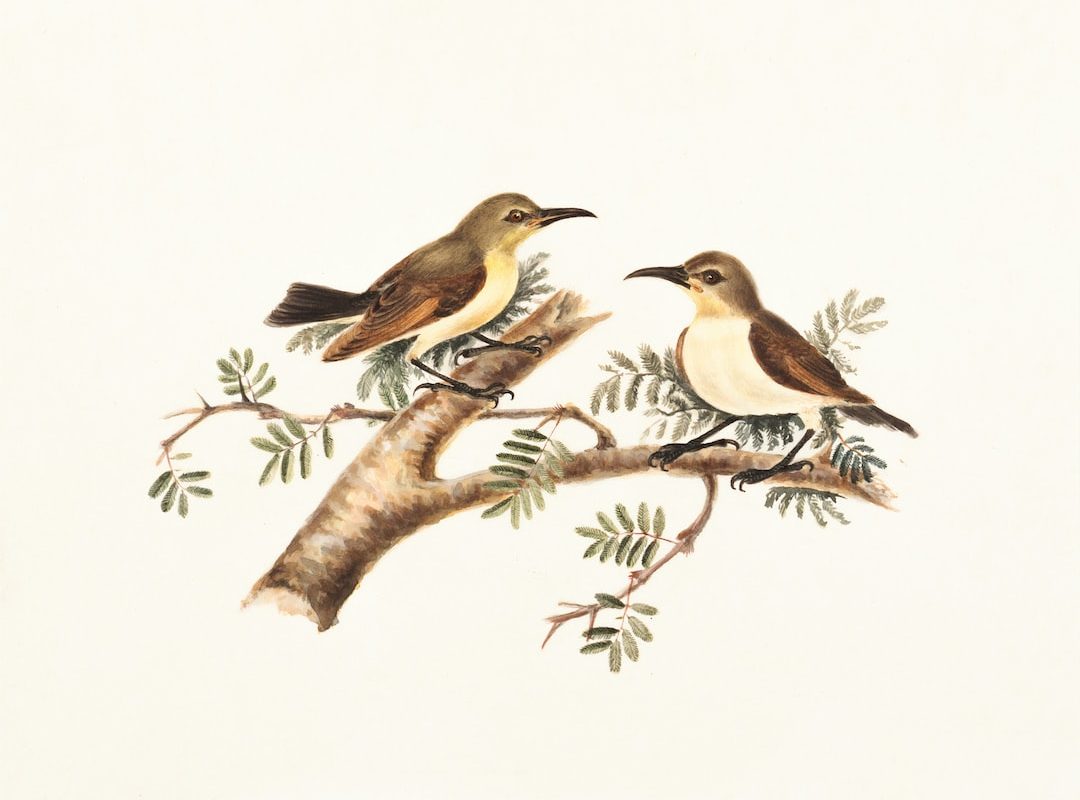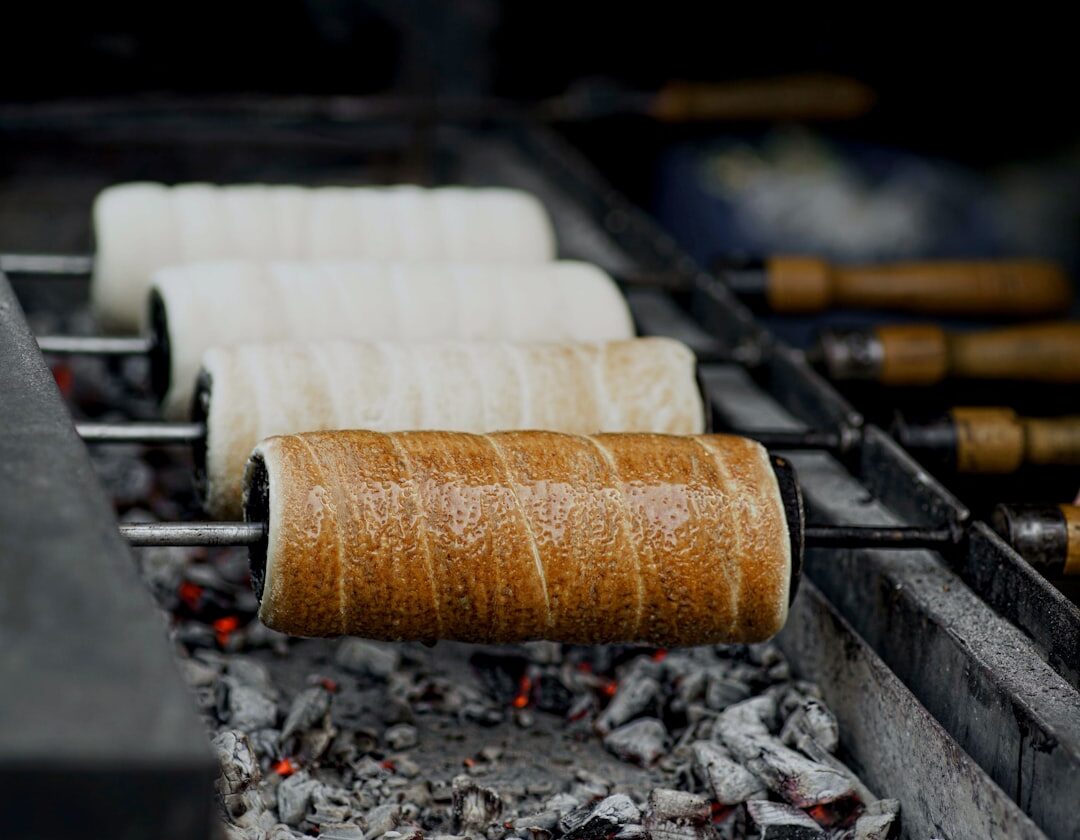The mistletoebird (Dicaeum hirundinaceum) is a small passerine bird that belongs to the family Dicaeidae. It is native to Australia, Indonesia, and Papua New Guinea. This unique species is known for its vibrant plumage and its close association with mistletoe plants. The mistletoebird plays an important role in the dispersal of mistletoe seeds, making it a crucial part of the ecosystem.
Key Takeaways
- The Mistletoebird is a fascinating species with unique physical characteristics and behaviors.
- They are small, colorful birds found in Australia, Indonesia, and Papua New Guinea.
- Mistletoebirds primarily feed on mistletoe berries and play an important role in seed dispersal.
- During breeding season, males perform elaborate courtship displays and both parents care for the young.
- Despite being common in some areas, the Mistletoebird faces threats from habitat loss and fragmentation.
Physical Characteristics of the Mistletoebird: Size, Shape, and Coloration
The mistletoebird is a small bird, measuring around 8-10 centimeters in length. It has a plump body with a short tail and a slightly curved bill. The male and female mistletoebirds have distinct plumage. The male has a bright red head, throat, and chest, while the rest of its body is black. The female, on the other hand, has a duller coloration with olive-green upperparts and pale underparts.
Habitat and Distribution of the Mistletoebird: Where to Find Them
The mistletoebird can be found in a variety of habitats, including woodlands, forests, and shrublands. It is most commonly found in areas where mistletoe plants are abundant, as these plants provide an important food source for the bird. The mistletoebird is native to Australia and can be found throughout the country, as well as in parts of Indonesia and Papua New Guinea.
Diet and Feeding Habits of the Mistletoebird: What They Eat and How They Feed
The diet of the mistletoebird primarily consists of mistletoe berries. Mistletoe plants are parasitic and rely on birds to disperse their seeds. The mistletoebird plays a crucial role in this process, as it consumes the berries and then excretes the seeds, allowing them to germinate and grow in new locations. In addition to mistletoe berries, the mistletoebird also feeds on other fruits, nectar, and insects.
Breeding and Reproduction of the Mistletoebird: Courtship, Nesting, and Fledging
During the breeding season, which typically occurs from September to February, the male mistletoebird performs elaborate courtship displays to attract a mate. These displays involve fluffing up its feathers, singing loudly, and performing aerial acrobatics. Once a pair has formed, the female builds a small cup-shaped nest made of grass, spider webs, and other plant materials. The nest is usually located in the fork of a tree branch or in dense foliage. The female lays 2-3 eggs, which she incubates for around 14 days. Both parents take turns incubating the eggs and feeding the chicks once they hatch. The chicks fledge after about 14-16 days.
Vocalizations and Communication of the Mistletoebird: Songs and Calls

The mistletoebird is known for its melodious song, which consists of a series of high-pitched notes that are repeated several times. The male uses its song to establish its territory and attract a mate during the breeding season. In addition to its song, the mistletoebird also has a variety of calls that it uses for communication with other birds.
Behavior and Social Structure of the Mistletoebird: Interactions with Other Birds and Animals
The mistletoebird is generally solitary or found in pairs during the breeding season. However, outside of the breeding season, it may form small flocks with other birds. It is known to be territorial and will defend its feeding and nesting areas from other birds. The mistletoebird has a symbiotic relationship with mistletoe plants, as it relies on them for food and the mistletoe plants rely on the bird for seed dispersal.
Threats and Conservation Status of the Mistletoebird: Human Impact and Conservation Efforts
The mistletoebird is not currently considered to be globally threatened, but its population is declining in some areas due to habitat loss and fragmentation. Deforestation, urbanization, and agricultural activities are all contributing to the loss of suitable habitat for the mistletoebird. Conservation efforts are underway to protect the mistletoebird and its habitat, including the establishment of protected areas and the promotion of sustainable land management practices.
Watching and Photographing the Mistletoebird: Tips and Techniques
If you’re interested in observing or photographing the mistletoebird, there are a few tips and techniques that can help increase your chances of success. First, familiarize yourself with the bird’s preferred habitat and learn to recognize mistletoe plants, as these are key indicators of where the bird may be found. Second, be patient and observant, as the mistletoebird can be quite elusive and may require some time to locate. Finally, use a telephoto lens or binoculars to get a closer look at the bird without disturbing it.
Fun Facts and Trivia about the Mistletoebird: Lesser-Known Information about this Unique Bird
– In Australian Aboriginal mythology, the mistletoebird is believed to have created the first fire by stealing a burning stick from a campfire.
– The mistletoebird is sometimes referred to as the “flowerpecker” due to its habit of feeding on nectar from flowers in addition to mistletoe berries.
– The mistletoebird has a unique adaptation that allows it to digest mistletoe berries, which are toxic to many other birds.
– The mistletoebird is a highly mobile species and can travel long distances in search of food and suitable habitat.
– The mistletoebird has been known to hybridize with other species of flowerpeckers, resulting in hybrid offspring with unique plumage patterns.







